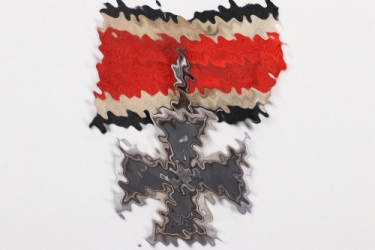Knight's Cross of the Iron Cross
Militaria Price Guide
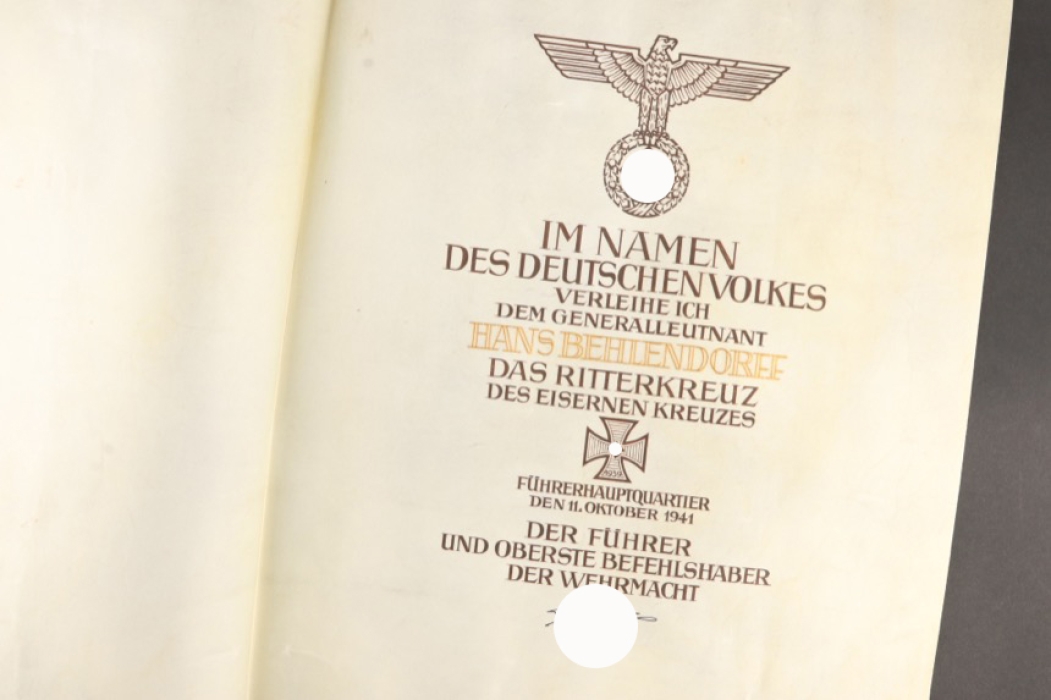
Generalleutnant Hans Behlendorff - Award Document to the Knight's Cross of the Iron Cross
MILITARIA PRICE GUIDE
How can I see prices?
Welcome to the ratisbon's MILITARIA PRICE GUIDE!
To access all prices, pictures, and descriptions please subscribe to our MILITARIA PRICE GUIDE at www.ratisbons.com/militaria-price-guide. Save 25% when subscribing for one year! Get full access for just 75€!
We are buying single items and entire collections! Call +49 8541 9053699
-
PAYMENT
-
HOW CAN I PAY FOR MY ORDER?
AUCTIONSYou will receive an e-mail confirming your successful bids the day after the auction has ended. In your personal my ratisbon's you will be able to inform us about your most convenient payment method for this order or tell us about an alternative shipping address.
If we don’t hear from you within 24 hours, we will send an invoice choosing the payment and shipping options which we think are the most comfortable ones to you. If you decide to change your shipping or payment method after receiving your invoice, just drop us a line or visit my ratisbon's/ORDERS for any more details.
SHOP ORDERSChoose your payment method when ordering and submit your order. Once your order has been received we will send an invoice including your shipping costs and your payment instructions.
After receiving the invoice, the order must be paid within 7 days.
Please contact us to discuss layaway options.To learn more about paying at ratisbon's, please see your FAQ pages.
WE ACCEPT FOLLOWING PAYMENT METHODS
-
-
Versand
-
HOW DO YOU SHIP MY NEW TREASURES?
PACKING & TRACKINGWe usually send out orders within 1-3 working days after your payment has been received. In most cases, we are faster than this! We will inform you when your goods are being dispatched and provide a tracking number, In addition, you can always check your order status at my ratisbon's/ORDERS. Delivery times will vary depending upon the delivery destination and type of shipping service you have chosen.
SHIPPING TO ALTERNATIVE ADDRESSIf you prefer to have your order shipped to your work address or a friend during your absence, we will happy to arrange this for you. Send us an email letting us know about your new shipping address and we will be happy to send an updated invoice to you.
OUR LOGISTIC PARTNERS ARE AS FOLLOWS
-
-
OUR GUARANTEE
-
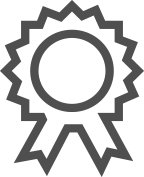 OUR GUARANTEE!
OUR GUARANTEE!We only offer collectables which to the best of our specialists knowledge are authentic. About 15% of all consignments are returned to the consignor after extensive research due to authenticity issues.
Unlike traditional auction houses we do offer a full right of return. If you are not satisfied with what you won or bought, you may return it within 14 days. Please inform us and we will instruct you on how to return the goods. For more information, please visit FAQ pages.
Important note: Cancelling bids after an auction may disappoint the consignor, who like you is a collector. This situation is easy to avoid. We encourage you not to bid on any collectable if you are unsure if it fits into your collection. Ask us to cancel your bid 24 hours prior to the end of an auction to avoid this situation.
-
COUNTRY Germany 1918 - 1945
DIMENSIONS 43.8 x 35.5 cm
WEIGHT
 US LOT 62-0002
US LOT 62-0002EAN 3000000016114
 US LOT 62-0002
US LOT 62-0002PERIOD 1918 — 1945
COUNTRY Germany 1918 - 1945
COUNTRY Germany 1918 - 1945
 US LOT 62-0002
US LOT 62-0002Knight's Cross of the Iron Cross
Description
Generalleutnant Hans Behlendorff (August 13, 1889 – March 16, 1961)
Generalleutnant Hans Behlendorff joined the Imperial Army on September 25, 1908, as a cadet. He came to the 1st Brandenburg Field Artillery Regiment "General Feldzeugmeister" No. 3. In this he was promoted to lieutenant on March 22, 1910, after attending military school. The patent was dated March 22, 1908. With this he went to the front at the beginning of World War I. There he was promoted to Oberleutnant on February 25, 1915. As such, he was employed as battery commander from the summer of 1915. By that time, he had already been awarded both Iron Crosses. In the summer of 1916, he was wounded and only returned to the front in the autumn of 1916. From the spring of 1917 he was employed as an adjutant on a staff. There he was promoted to captain on May 20, 1917. During the First World War he was awarded several other orders in addition to the Knight's Cross of the Royal Prussian House Order of Hohenzollern with Swords. After the war he was accepted into the Reichswehr. He was assigned to the 3rd Reichswehr Artillery Regiment in the transitional army in spring 1920. When the 100,000-strong Reichswehr Army was formed, he was then assigned to the 3rd (Prussian) Artillery Regiment. In this he was initially used in a departmental staff. In 1922 he was appointed chief of the 11th (riding) battery of the 3rd (Prussian) artillery regiment in Potsdam. In the spring of 1928, he was transferred to the staff of the IV (riding) department of the 3rd (Prussian) artillery regiment in Potsdam. On February 1, 1929, he was promoted to Major. The rank seniority was set to February 1, 1928. In early 1930 he was transferred to the Reichswehr Ministry in Berlin. There he was employed in Army Personnel Department 2 (P2) by the Army Personnel Office (PA). On April 1, 1932, he was then transferred to Army Personnel Department 1 (P1) from the Army Personnel Office (PA) in the Reichswehr Ministry. There he was promoted to lieutenant colonel on October 1, 1932. In 1934 he was appointed head of the new Army Personnel Department 4 (P4). As such, he was promoted to Colonel in April 1934. During the major shift in personnel to the Blomberg-Fritsch affair, he was appointed Artillery Commander 31 (Arko 31) on February 4, 1938. As such, he was promoted to Major General on March 1, 1938. In the summer of 1939, he was appointed commander of the 34th Infantry Division. At the beginning of World War II, he and his division took up positions in the west. On February 1, 1940, he was promoted to Generalleutnant. Already at the beginning of the western campaign he was awarded both clasps to his Iron Crosses. On the first day of the campaign, he was also badly wounded and had to give up his command for almost half a year. On November 1, 1940, he took it over again. At the beginning of the eastern campaign, he led the 34th Infantry Division in the attack on Central Russia. On October 11, 1941, he was awarded the Knight's Cross of the Iron Cross. At the beginning of December 1941, he relinquished his command. He has now been transferred to the Führerreserve. In mid-December 1941 he was appointed to the leadership of the Higher Command z.b.V. LX commissioned in northern France. On December 17, 1941, he was promoted to General der Artillerie. The rank seniority was dated October 1, 1941. As such, he then became the commander of the Higher Command z.b.V. LX appointed. By renaming the staff, he became Commanding General of LXXXIV Army Corps at the end of May 1942. On April 1, 1943, he resigned his command and was transferred to the Führerreserve. On December 31, 1944, he was finally dismissed from active service in the Wehrmacht. (From Lexikon der Wehrmacht)
Knights Cross of the Iron Cross formal award document issued to Generalleutnant Hans Behlendorff on parchment with an integral blank front leaf, Führerhauptquartier, October 11, 1941. The ornately lettered document is executed in India ink and gold with a hand-inked signature of Adolf Hitler at the bottom. The parchment is just the slightest bit wavy, as is very common in such documents, but otherwise fine condition. Award documents for the Knight’s Cross are rare, even though Hitler granted over 7,000 of them. A severe backlog soon developed and, in the end, very few recipients of the award ever received their large formal award documents.
The document is part of a veteran bring-back that we proudly offer here for the very first time. The GI opted to bring 9 single formal documents in one red presentation leather folder (Mappe) which will be auctioned with Ratisbon’s through a couple of auctions.
Condition
1-
Seller
History Trader Inc., 521 Thorn Street #165, Sewickly, PA 15143-0165, USA
NAME
Knights Cross of the Order of the Iron Cross
DATE OF INSTITUTION
1. September 1939 as the third and new grade of the re-instituted Order of the Iron Cross
AWARD CRITERIA
The Knights Cross of the Iron Cross was awarded for exceptional bravery in the face of the enemy and for outstanding merit in troop leadership. The awarding required the previous awarding of the two lower grades. The Knights Cross was solely awarded by the Führer upon the proposal of the soldiers unit and issued by the Heerespersonalamt. The Knights Crosses were stored at the Ordenskanzlei in Berlin, to be sent to the awardee after approval. There were no Knights Crosses stored at any level of the Wehrmacht before the end of April 1945.
MANUFACTURERS
The Knights Cross of the Iron Cross was produced by seven manufacturers, not including variations amongst the individual companies. The Knights Crosses can be found either unmarked (early Juncker and 3/4 Ring), with a silver content mark, with an LDO number (L/12 and L/52), and later on with the company’s Präsidialkanzlei number (2, 20, 65, and 4). Private sales were forbidden after October 1941.
AWARD NUMBERS
Accurate numbers are not known but the closest estimation is around 7,200, and most likely another couple of hundred on stock at the Präsidialkanzlei.
AWARD DOCUMENTS
The awardee received a preliminary document in A5 format and issued in the name of the Führer by the responsible personnel offices of the three branches of the Wehrmacht. The formal document (Große Mappe) was issued later and only until date of late 1942 / early 1943 due to the huge backlog.
WEARING METHOD
The Knights Cross was worn around the neck on a wider red white and black ribbon which came within the black award case of the Knights Cross.



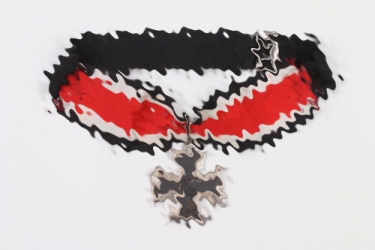




.jpg)
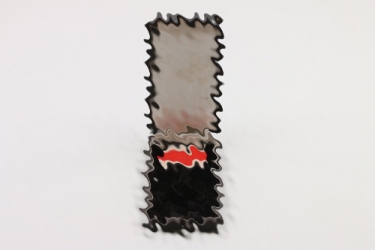
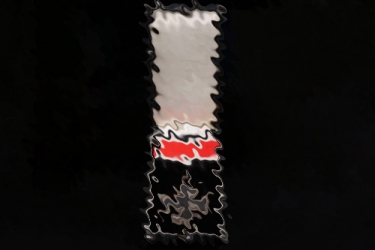



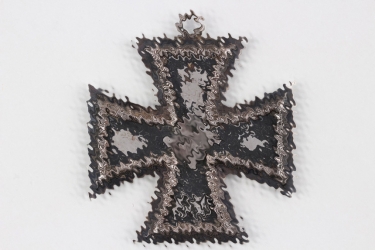

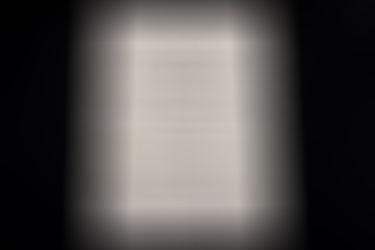




.jpg)


